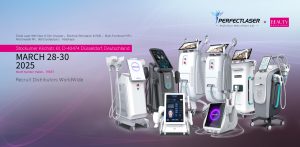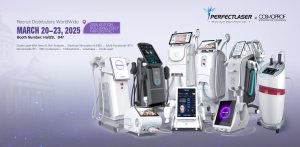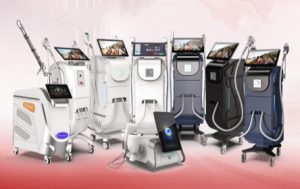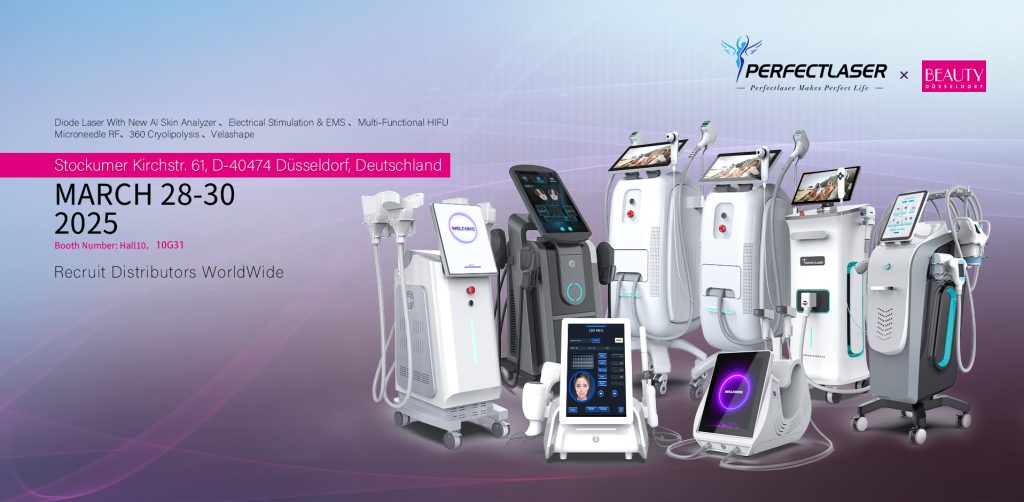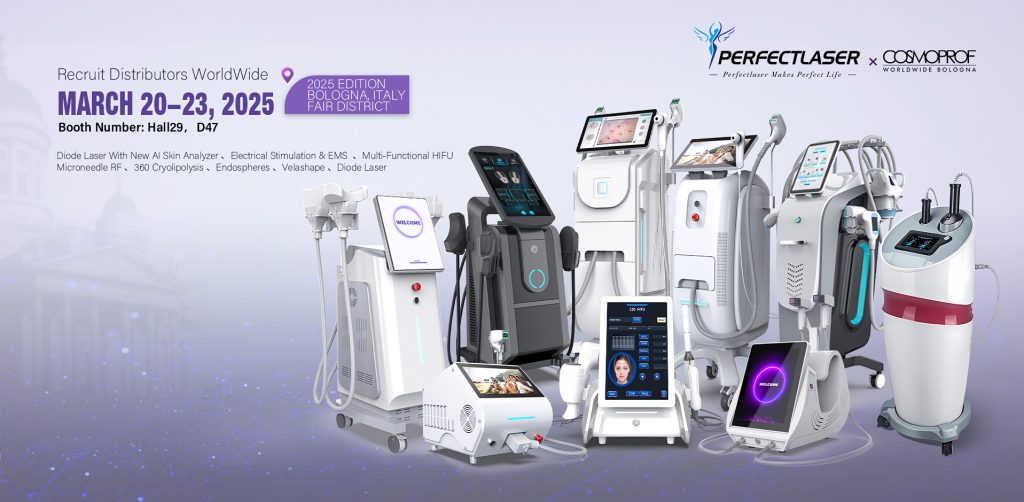Abstract
This comprehensive article delves into the world of CO₂ lasers and their profound impact on revolutionizing skincare routines. We will explore the science behind CO₂ lasers, their various applications in treating different skin concerns, the treatment process, potential benefits, risks, and how they compare to other skincare treatments. By the end of this article, readers will have a thorough understanding of whether a CO₂ laser treatment could be the key to transforming their skincare journey.
I. Introduction
In the ever-evolving realm of skincare, new technologies and treatments are constantly emerging to help us achieve that coveted youthful, radiant complexion. One such revolutionary treatment is the use of CO₂ lasers. These powerful devices have the potential to address a wide range of skin issues, from wrinkles and fine lines to acne scars and sun damage. But how exactly do they work, and what can you expect from a CO₂ laser treatment as part of your skincare routine? Let’s embark on this exploration to find out.
II. The Science Behind CO₂ Lasers
A. What is a CO₂ Laser?
A CO₂ laser is a type of gas laser that emits infrared light at a wavelength of 10.6 micrometers. This specific wavelength is highly absorbed by water molecules in the skin, which is crucial for its effectiveness in treating various skin conditions. The laser energy is converted into heat, which then causes precise thermal damage to the targeted skin tissue.
A CO₂ laser is a type of gas laser that emits infrared light at a wavelength of 10.6 micrometers. This specific wavelength is highly absorbed by water molecules in the skin, which is crucial for its effectiveness in treating various skin conditions. The laser energy is converted into heat, which then causes precise thermal damage to the targeted skin tissue.
B. How it Interacts with Skin Tissue
When the CO₂ laser beam is directed at the skin, the absorbed energy heats up the water in the cells of the epidermis and dermis. This controlled heating leads to coagulation and vaporization of the tissue. In the case of treating wrinkles, for example, the heat causes the collagen fibers in the skin to contract, immediately reducing the appearance of lines. Over time, the body’s natural healing response is triggered, leading to the production of new collagen and elastin, which further improves the skin’s texture and firmness.
When the CO₂ laser beam is directed at the skin, the absorbed energy heats up the water in the cells of the epidermis and dermis. This controlled heating leads to coagulation and vaporization of the tissue. In the case of treating wrinkles, for example, the heat causes the collagen fibers in the skin to contract, immediately reducing the appearance of lines. Over time, the body’s natural healing response is triggered, leading to the production of new collagen and elastin, which further improves the skin’s texture and firmness.
III. Applications of CO₂ Lasers in Skincare
A. Wrinkle Reduction
- Dynamic Wrinkles
CO₂ lasers are effective in treating dynamic wrinkles, those caused by repeated muscle movements such as frown lines and crow’s feet. The heat-induced collagen contraction provides an immediate smoothing effect, while the subsequent collagen and elastin production helps to maintain the results over the long term. - Static Wrinkles
For static wrinkles that are visible even when the face is at rest, such as those due to aging or sun damage, CO₂ lasers can penetrate deeper into the skin to stimulate collagen remodeling. This helps to fill in the depressions caused by the wrinkles and restore a more youthful appearance.
B. Acne Scar Treatment
- Atrophic Acne Scars
Atrophic acne scars, which are characterized by depressions in the skin, can be significantly improved with CO₂ laser treatment. The laser energy resurfaces the skin, smoothing out the uneven texture caused by the scars. It also promotes the growth of new skin cells and collagen in the affected areas, gradually filling in the depressions. - Hypertrophic Acne Scars
While hypertrophic acne scars (raised scars) are less commonly treated with CO₂ lasers compared to atrophic ones, in some cases, fractional CO₂ lasers can be used to reduce the thickness of the scar tissue by causing controlled damage and stimulating the body’s healing response to remodel the tissue.
C. Sun Damage and Pigmentation Issues
- Solar Lentigines
Solar lentigines, also known as age spots or liver spots, are common pigmentation changes due to sun exposure. CO₂ lasers can target and vaporize the excess melanin in these spots, lightening their appearance. Additionally, the treatment can improve the overall texture of the skin in the affected area, making it look more even. - Overall Sun-Damaged Skin
For skin that has suffered extensive sun damage, with symptoms such as rough texture, fine lines, and uneven pigmentation, CO₂ lasers can rejuvenate the skin by removing the damaged outer layers and stimulating the growth of healthy new skin cells. This helps to restore a more youthful and radiant complexion.
IV. The CO₂ Laser Treatment Process
A. Consultation
Before undergoing a CO₂ laser treatment, a thorough consultation with a qualified dermatologist or skincare professional is essential. During this consultation, the professional will assess your skin type, the specific skin concerns you want to address, and your medical history. They will also explain the potential risks and benefits of the treatment and answer any questions you may have.
Before undergoing a CO₂ laser treatment, a thorough consultation with a qualified dermatologist or skincare professional is essential. During this consultation, the professional will assess your skin type, the specific skin concerns you want to address, and your medical history. They will also explain the potential risks and benefits of the treatment and answer any questions you may have.
B. Preparation
- Skin Cleansing
On the day of the treatment, your skin will be thoroughly cleansed to remove any dirt, makeup, or oils. This ensures that the laser energy can be effectively absorbed by the skin without any interference. - Application of Numbing Cream
Depending on the intensity of the treatment, a numbing cream may be applied to the treatment area to reduce pain and discomfort during the procedure. The numbing cream is usually left on for a specified period, typically around 30 minutes to an hour, before the treatment begins.
C. The Treatment Procedure
- Laser Application
The dermatologist or skincare professional will then use the CO₂ laser device to carefully apply the laser energy to the targeted area of the skin. The laser may be applied in a continuous wave or fractional mode, depending on the specific treatment goals and the type of skin concern being addressed. In fractional mode, the laser creates tiny columns of treated tissue surrounded by untreated tissue, which allows for faster healing and less downtime compared to continuous wave treatment. - Monitoring During Treatment
Throughout the treatment, the professional will closely monitor the skin’s response to the laser energy. They will adjust the settings of the laser if necessary to ensure optimal results while minimizing the risk of overheating or causing excessive damage to the skin.
D. Aftercare
- Cooling and Soothing
Immediately after the treatment, the treated area will be cooled with a cold compress or a specialized cooling device to reduce swelling and discomfort. This helps to soothe the skin and initiate the healing process. - Skin Care Routine Adjustment
For the next few days to weeks after the treatment, your normal skincare routine will need to be adjusted. You will likely be advised to use gentle, non-irritating cleansers and moisturizers. Avoiding direct sun exposure and wearing broad-spectrum sunscreen with a high SPF is crucial to protect the newly treated skin from further damage. - Healing Time and Follow-Up
The healing time after a CO₂ laser treatment can vary depending on the intensity of the treatment and the individual’s skin type. In general, it may take anywhere from a few days to a couple of weeks for the skin to fully heal. Regular follow-up appointments with the dermatologist or skincare professional are important to monitor the progress of the healing and to ensure that the treatment has achieved the desired results.
V. Benefits of CO₂ Laser Treatments in Skincare
A. Long-Term Skin Improvement
One of the most significant benefits of CO₂ laser treatments is the long-term improvement they can bring to the skin. By stimulating the production of new collagen and elastin, the skin’s texture, firmness, and elasticity can be enhanced for years to come. This means fewer wrinkles, less sagging, and a more youthful appearance overall.
One of the most significant benefits of CO₂ laser treatments is the long-term improvement they can bring to the skin. By stimulating the production of new collagen and elastin, the skin’s texture, firmness, and elasticity can be enhanced for years to come. This means fewer wrinkles, less sagging, and a more youthful appearance overall.
B. Customizable Treatment
CO₂ laser treatments can be customized to address specific skin concerns. Whether you’re mainly concerned with wrinkles, acne scars, or sun damage, the treatment parameters can be adjusted to target those issues precisely. This allows for a more personalized approach to skincare, ensuring that you get the best results for your unique skin situation.
CO₂ laser treatments can be customized to address specific skin concerns. Whether you’re mainly concerned with wrinkles, acne scars, or sun damage, the treatment parameters can be adjusted to target those issues precisely. This allows for a more personalized approach to skincare, ensuring that you get the best results for your unique skin situation.
C. Versatility
The versatility of CO₂ lasers is another advantage. They can be used to treat a wide range of skin types and conditions, from fair to dark skin tones and from mild to severe skin issues. This makes them a viable option for many people who are looking for an effective skincare solution.
The versatility of CO₂ lasers is another advantage. They can be used to treat a wide range of skin types and conditions, from fair to dark skin tones and from mild to severe skin issues. This makes them a viable option for many people who are looking for an effective skincare solution.
D. Non-Invasive Alternative to Surgery
Compared to surgical procedures such as facelifts or dermabrasion, CO₂ laser treatments are relatively non-invasive. While they do cause some thermal damage to the skin, the recovery time is usually much shorter, and the risks associated with surgery, such as infection, bleeding, and anesthesia complications, are significantly reduced.
Compared to surgical procedures such as facelifts or dermabrasion, CO₂ laser treatments are relatively non-invasive. While they do cause some thermal damage to the skin, the recovery time is usually much shorter, and the risks associated with surgery, such as infection, bleeding, and anesthesia complications, are significantly reduced.
VI. Risks and Precautions Associated with CO₂ Lasers
A. Immediate Risks
- Pain and Discomfort
Although numbing creams are used to reduce pain during the treatment, some patients may still experience a certain level of pain and discomfort, especially during more intense treatments. The degree of pain can vary from person to person. - Swelling and Redness
Immediately after the treatment, swelling and redness are common side effects. The swelling usually subsides within a few days, while the redness may take longer to fade, sometimes up to a couple of weeks. - Burns
In rare cases, if the laser settings are incorrect or if the treatment is not properly monitored, burns can occur on the skin. This is why it is crucial to have a trained professional perform the treatment.
B. Long-Term Risks
- Hyperpigmentation
Hyperpigmentation can be a potential long-term risk after CO₂ laser treatment. This occurs when the skin produces too much melanin in response to the treatment, resulting in darker patches on the skin. However, this risk can be minimized by following proper aftercare instructions, such as using sunscreen and avoiding sun exposure. - Hypopigmentation
On the other hand, hypopigmentation, where the skin loses its pigment and appears lighter than normal, can also occur. This is usually a less common risk but can be more difficult to treat than hyperpigmentation. - Scarring
Although CO₂ lasers are designed to improve scarring, in rare cases, new scarring can occur if the treatment is not done correctly or if the skin does not heal properly. This emphasizes the importance of having a skilled and experienced professional handle the treatment.
C. Precautions
- Choosing the Right Professional
To ensure the safety and effectiveness of a CO₂ laser treatment, it is essential to choose a qualified dermatologist or skincare professional who has experience with this type of treatment. Look for certifications and reviews to make an informed choice. - Skin Type Considerations
Different skin types may respond differently to CO₂ laser treatments. For example, darker skin tones are more prone to hyperpigmentation risks. Therefore, the treatment plan should be adjusted according to the skin type to minimize potential risks. - Aftercare Compliance
Following the proper aftercare instructions is crucial to reduce the risks associated with CO₂ laser treatments. This includes using the recommended skincare products, avoiding sun exposure, and attending follow-up appointments.
VII. Comparing CO₂ Lasers with Other Skincare Treatments
A. Chemical Peels
- Mechanism of Action
Chemical peels work by applying a chemical solution to the skin that causes the outer layers to peel off, revealing new, smoother skin underneath. In contrast, CO₂ lasers use laser energy to vaporize and coagulate the skin tissue. - Treatment Depth
Chemical peels can vary in depth, from superficial to medium-depth peels. However, CO₂ lasers can penetrate deeper into the skin, especially when used in fractional mode, allowing for more comprehensive treatment of deeper skin issues such as wrinkles and acne scars. - Recovery Time
The recovery time for chemical peels depends on the depth of the peel. Superficial peels may have a relatively short recovery time, while medium-depth peels can take several days to a week to heal. CO₂ lasers generally have a recovery time that ranges from a few days to a couple of weeks, depending on the intensity of the treatment.
B. Microdermabrasion
- Mechanism of Action
Microdermabrasion involves using a device to physically abrade the outer layer of the skin, removing dead skin cells and promoting the growth of new skin cells. CO₂ lasers, on the other hand, use thermal energy to treat the skin. - Treatment Depth
Microdermabrasion is mainly focused on treating the superficial layers of the skin. It can improve the texture of the skin but is not as effective in treating deeper skin issues like wrinkles and acne scars as CO₂ lasers. - Recovery Time
The recovery time for microdermabrasion is usually short, typically within a day or two. In contrast, CO₂ lasers have a longer recovery time as they cause more significant thermal damage to the skin.
C. Botox and Fillers
- Mechanism of Action
Botox works by paralyzing the muscles that cause wrinkles, while fillers are used to fill in the depressions caused by wrinkles or to add volume to the face. CO₂ lasers, instead, focus on stimulating the production of new collagen and elastin to improve the skin’s texture and firmness. - Treatment Depth
Botox and fillers mainly target the superficial or intermediate layers of the face, depending on the specific application. CO₂ lasers can penetrate deeper into the skin to address both the surface and deeper issues related to wrinkles and other skin concerns. - Recovery Time
The recovery time for Botox injections is usually very short, within a few hours to a day. Fillers may have a slightly longer recovery time, depending on the type and amount used. CO₂ lasers have a recovery time that ranges from a few days to a couple of weeks, which is longer than both Botox and fillers.
VIII. Conclusion
In conclusion, CO₂ lasers have the potential to revolutionize your skincare routine by addressing a wide range of skin concerns with remarkable effectiveness. From wrinkle reduction to acne scar treatment and sun damage repair, these lasers offer a versatile and customizable treatment option. While there are risks associated with CO₂ laser treatments, proper precautions, including choosing a qualified professional and following aftercare instructions, can significantly minimize these risks. When compared to other skincare treatments, CO₂ lasers stand out for their ability to penetrate deeper into the skin and stimulate long-term skin improvement. If you’re looking for a way to take your skincare to the next level and achieve a more youthful, radiant complexion, a CO₂ laser treatment may be worth considering as part of your skincare journey.
It’s important to remember that everyone’s skin is different, and what works for one person may not work for another. So, before making any decisions regarding CO₂ laser treatments, it’s advisable to consult with a dermatologist or skincare professional who can assess your specific situation and guide you through the process. With the right approach and care, CO₂ lasers could be the key to unlocking a new level of skin health and beauty.








